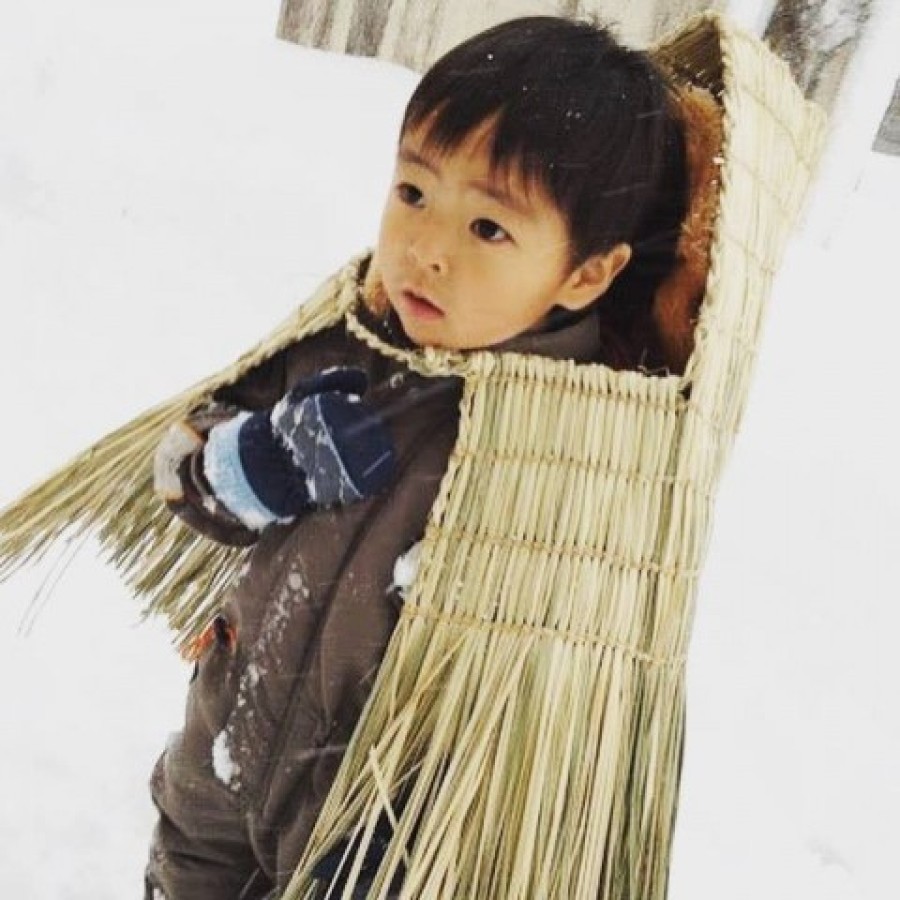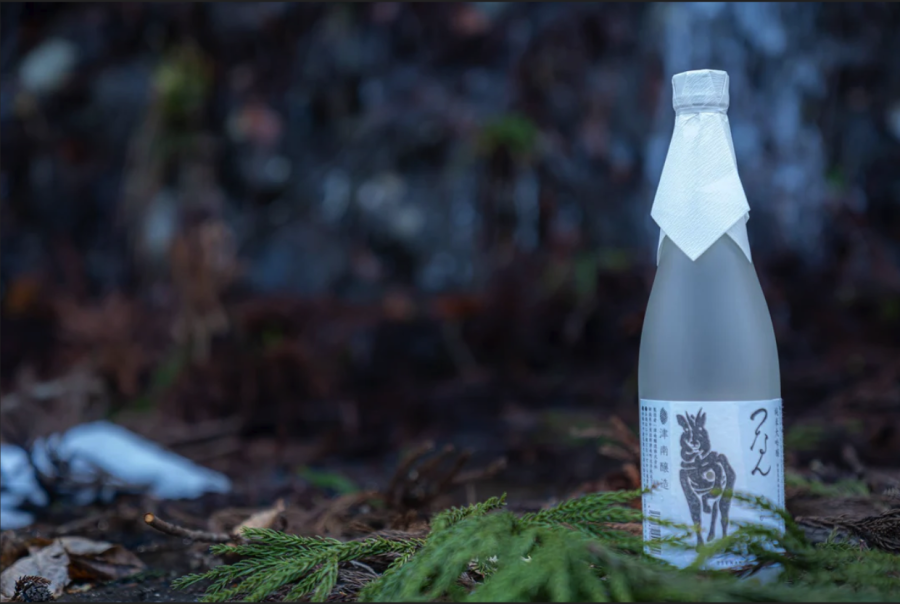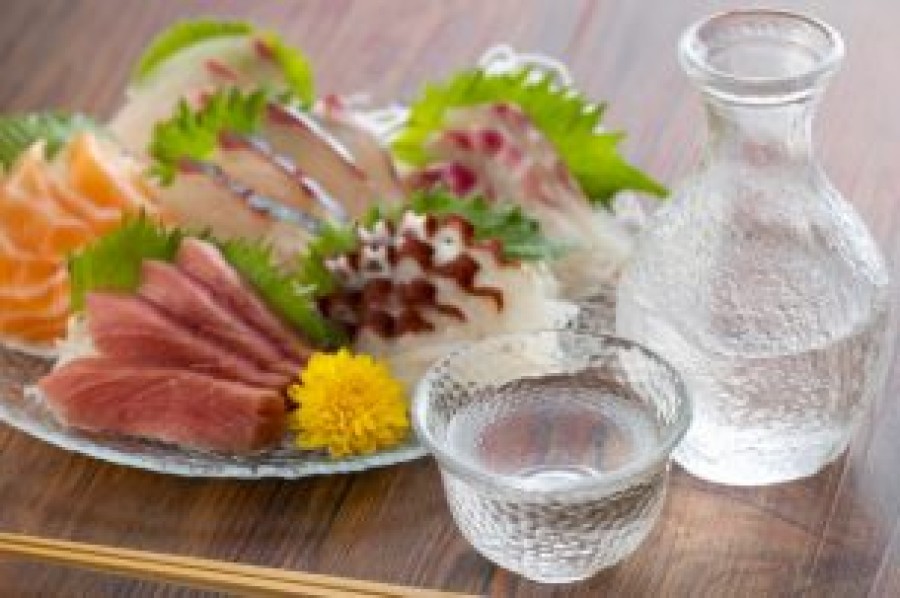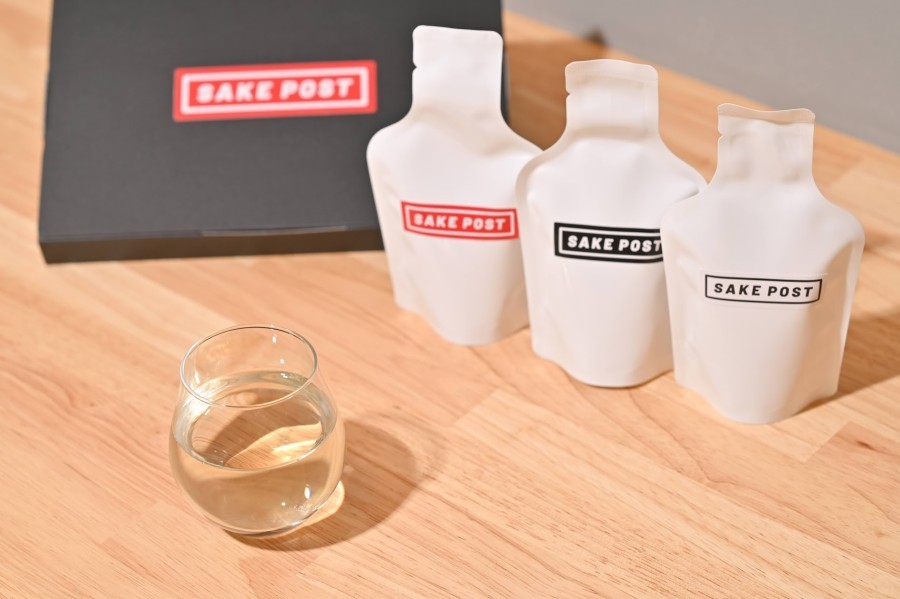Sake lees are created when sake is pressed.
It is a well-known fact that "lees" are, in fact, full of nutrients and a source of energy & beauty.
It has also attracted attention as a fermented food, and a variety of foods made from sake lees are available.
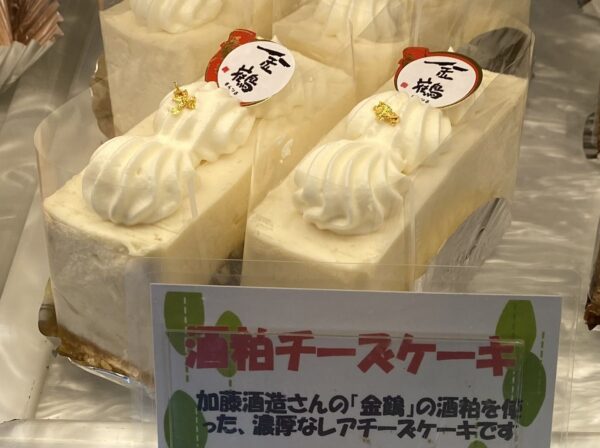
Rare cheese cake with sake lees from Kato Sake Brewery's 'Kintsuru' found at Mont Blanc cake shop on Sado Island.
Happiness of having delicious sake lees close at hand
At the peak of the sake-making season, sake lees are sold by the cash registers at liquor shops and brewery shops in the prefecture. You can even buy sake and they will give it to you as a service. ......
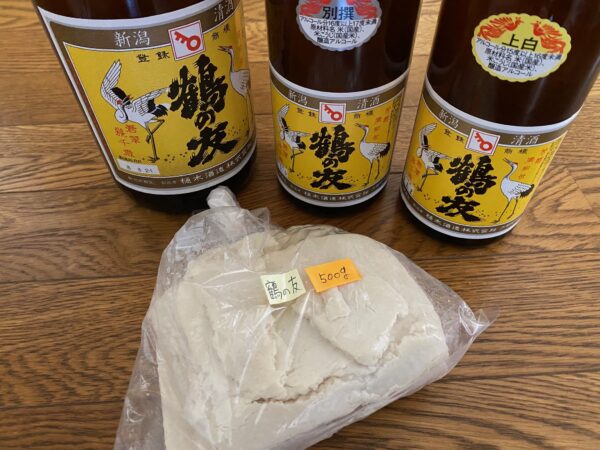
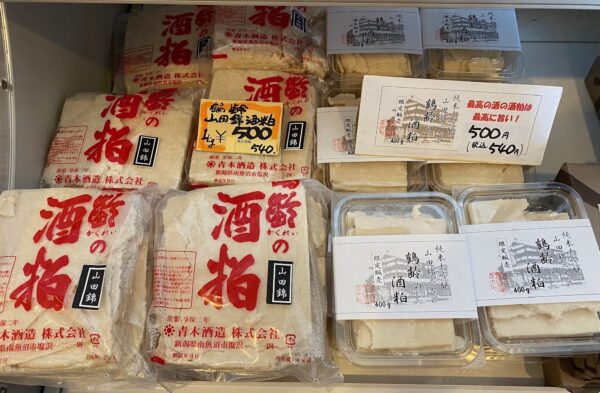
Niigata sake is made with great care and attention to raw materials, so naturally the sake lees from which it is pressed are also delicious.
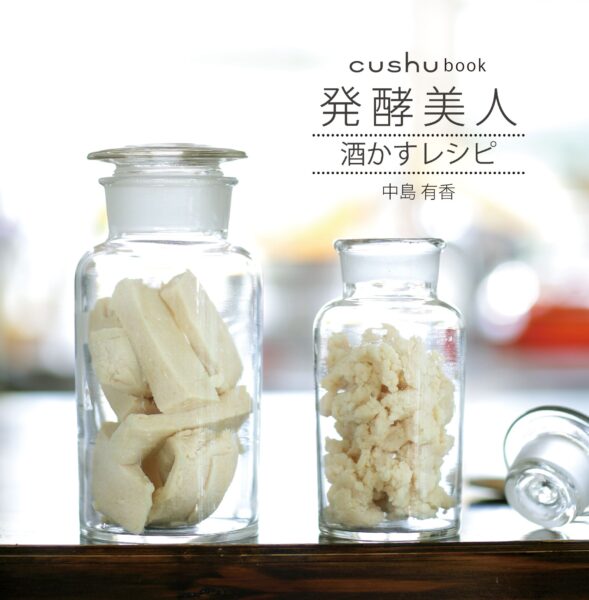 When we produced 'Fermented Beauty Sakekasu Recipes', which introduced cookery researcher Yuka Nakajima's sake-kasu recipes, we interviewed Iwao Hayafuku, chairman of Hayafuku Sake Food Store in Chuo-ku, Niigata City, about Niigata sake sake kasu. What struck me was the phrase 'sake-kasu is sake's suppin'.
When we produced 'Fermented Beauty Sakekasu Recipes', which introduced cookery researcher Yuka Nakajima's sake-kasu recipes, we interviewed Iwao Hayafuku, chairman of Hayafuku Sake Food Store in Chuo-ku, Niigata City, about Niigata sake sake kasu. What struck me was the phrase 'sake-kasu is sake's suppin'.
Sake undergoes various processes ('make-up', according to Hayafuku) after pressing, but nothing is done to the sake lees. So "you can tell the quality of sake by looking at the sake lees."
Too much pressure when pressing sake can result in a cloying taste, so many breweries in the prefecture avoid over-pressing not only high-end sake, but also everyday sake. That is why there are many fruity and luxurious sake lees with plenty of sake extract left in them.
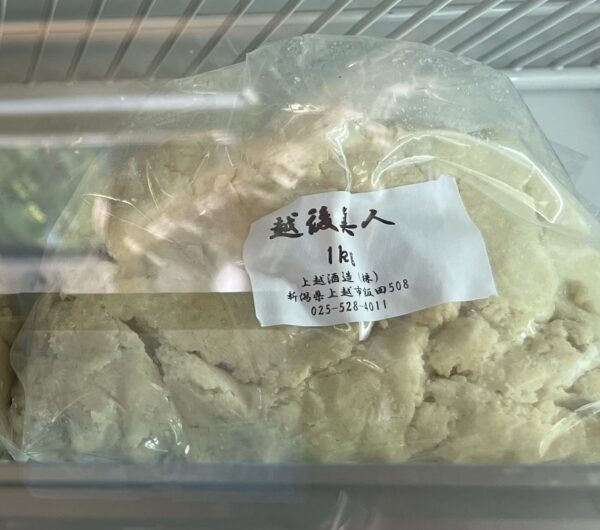
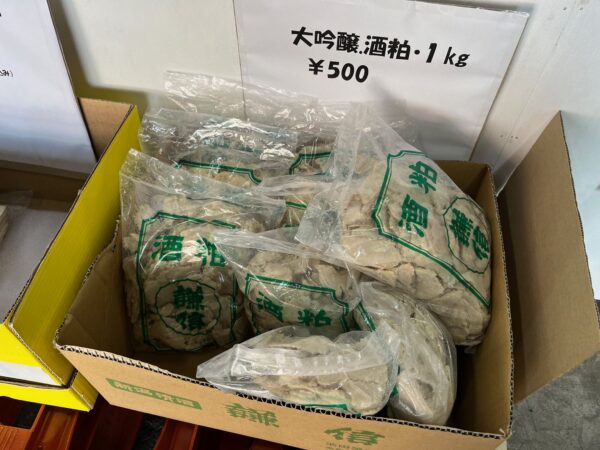
The 'plate lees' produced when pressed in a pressing machine called a yabuta shows the quality of the product.
Niigata residents are indeed blessed to have such wonderful sake lees so close at hand.
When I hold events in Tokyo, even in summer, I am often asked, "Do you have any sakekasu?" Even in summer, we are often asked, "Do you have sakekasu? People in Tokyo know how good Niigata sakekasu tastes.
We who live in Niigata must make full use of the sake lees of Niigata sake, which are all around us. It is a waste.
Check out the local cuisine first.
The local dishes using sake lees that immediately spring to mind are probably kasu-jiru (sake lees soup) and kasu-zuke (sake lees pickles).
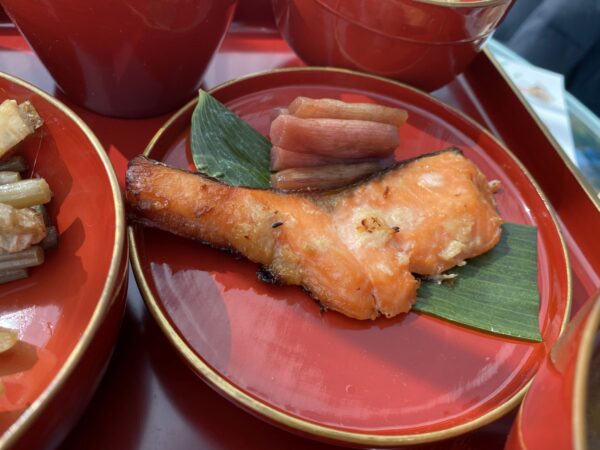
In addition, sake lees is also used in the local winter dish 'nina', which is often prepared in the Chuetsu region.
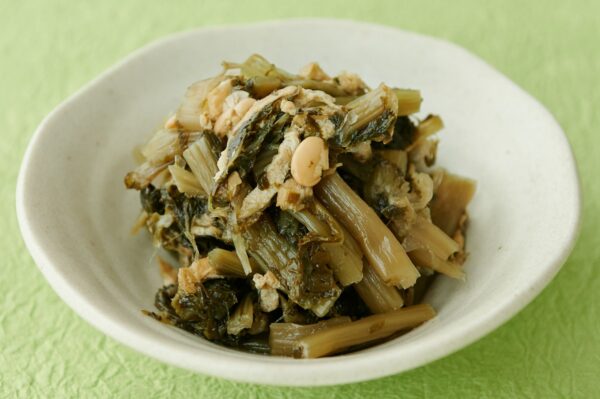
From 'Our Local Cuisine', Ministry of Agriculture, Forestry and Fisheries.
Nimi-nai" is made by removing the salt from pickled vegetables such as taiya, frying them in oil, adding broth and finishing with Uchimame (soybeans) or miso. In some regions, sake-kasu (sake lees) is added at the end of the process (there are differences between households), while in other regions it is not added. If you like sakekasu, you should definitely put it in. It gives it a rich flavour and makes it even tastier. This is a dish that is a living example of the wisdom of preserved food in the snow country.
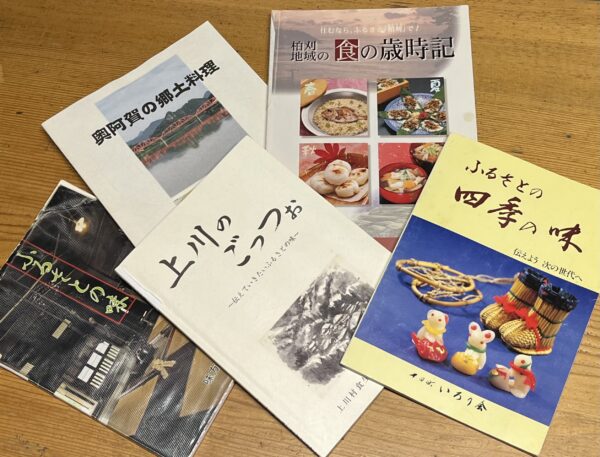
The Honma Bunko Niigata Food Library (Chuo-ku, Niigata City), operated by our company, has a number of recipe books compiled by mothers from different regions. As they are not commercially available, they are a valuable resource.
In this context, we looked for dishes made with sake lees.
Two dishes that are simple, warming and go well with sake are introduced.
The first item is a local dish from the Kashiwazaki area, 'daikon no shokara-ni' (radish stew).
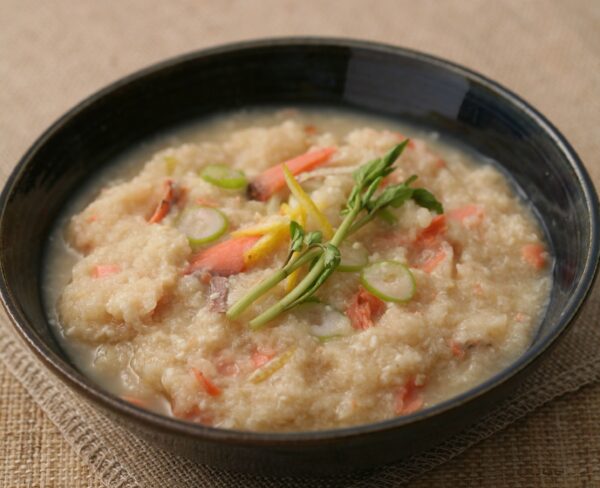
From 'Niigata no Okazu'.
The ingredients are salted salmon ara, daikon radish, sake lees and miso. Very simple.
Cut into small pieces, quickly pour boiling water over the boiled ara and place in a saucepan. Add water and simmer until the bones are tender. Add grated daikon radish and miso and simmer for about 10 minutes.
The recipe says the key is to use oni grated radish, but regular grated daikon is tasty enough.
The second is codfish soup, which is recommended for codfish lovers.
It is introduced in the booklet 'The Four Seasons of Hometown Flavours', compiled by the Tokamachi Irori Association in 1988.
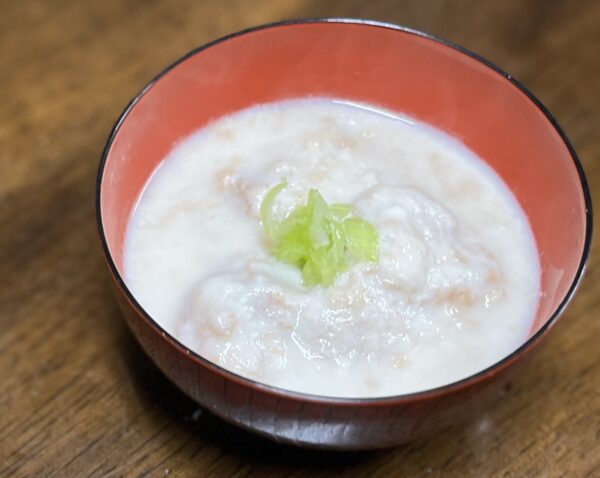
Ingredients are raw cod, sake lees, soup stock and a pinch of salt.
Add water and grind sakekasu in a mortar and pestle, then boil codfish cut into the right size in soup stock, when it comes to a boil, add sakekasu and season with salt.
White dashi (dashi broth) could be used instead of salt, which would also taste good.
A dish that feels more like sake lees than sake lees soup. If you see cod fillets with cod roe in supermarkets or fresh fish shops, give it a try.
Sotoyama-san family's (chi) 'sticky rice stew'.
The recipes in the book Niigata no Okazu (Kaikosha), which we edited in 2008, were compiled by the Niigata Prefecture Dietary Improvement Promotion Committee members in the course of their long-standing dietary education activities.
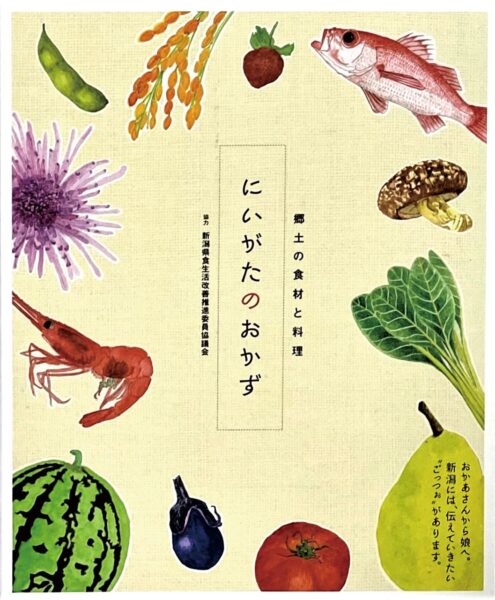 Michiko Toyama, chairperson of the Prefectural Dietary Improvement Promotion Committee, lives in Sanjo. She has been making a dish using sake lees since long ago, partly due to the influence of her mother, who was born in Nagaoka, called 'beta-ni'.
Michiko Toyama, chairperson of the Prefectural Dietary Improvement Promotion Committee, lives in Sanjo. She has been making a dish using sake lees since long ago, partly due to the influence of her mother, who was born in Nagaoka, called 'beta-ni'.
Last year, before the opening of the food library, announcer Tomohiro Sakabe, who visited BSN Niigata Broadcasting's Yu-Navi for an interview, requested that the 'local cuisine that seems to be dying out' introduced in the library's book be made, and had it cooked in sticky rice at Mr Toyama's home.

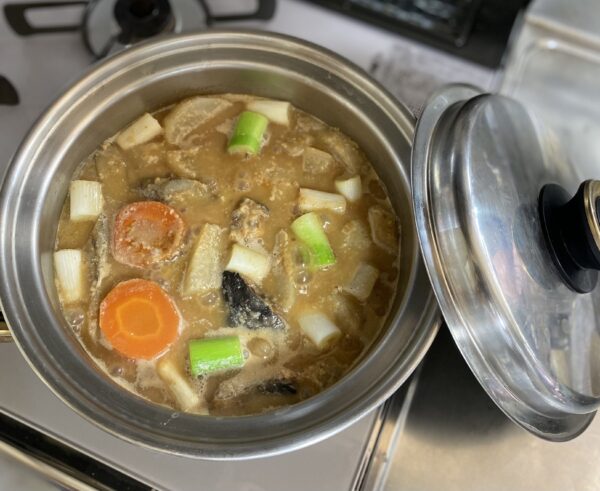
This is the sticky stew that was made during the interview.
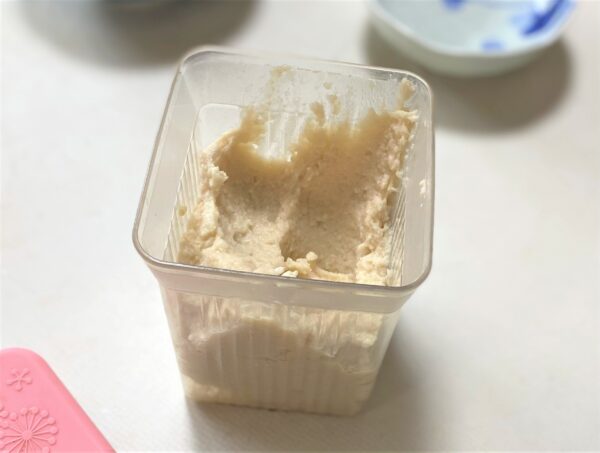
Incidentally, Mr Toyama kept sake lees in this way and made use of them. It is easy to use in this way! That's what I'm talking about.
The other day, I attended a training session of Sanjo's Food Estimator, where I was given sticky rice.
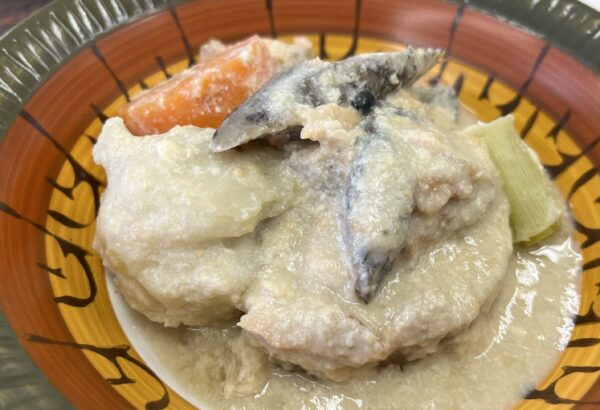
Delicious root vegetables covered with sake lees! This is a simple dish that never gets old and allows you to enjoy the deliciousness of the ingredients.
Many people living in Sanjo do not know about it, and Mr Toyama tells people about this sake lees cuisine in various forums.
Sake lees seasoning from Yuka Nakajima.
Yuka Nakajima, who is also well known for her 'sakekasu recipe' on the Niigata Sake Brewers Association website, is from Osaka. In Kansai, sakekasu is very familiar, but in Niigata, she laments that it would be a waste if we don't make more use of such delicious sakekasu, which is all around us (laughs).
In Fermented Beauty Sakekasu Recipes, we started with an introduction to four different types of sake lees soup, and then had suggestions for a variety of dishes, including pickling, mixing, frying, boiling, staple dishes and desserts.
The experience of the book led them to think about how to make sake lees, which are difficult to use due to their shape, easy to use every day, like other seasonings.
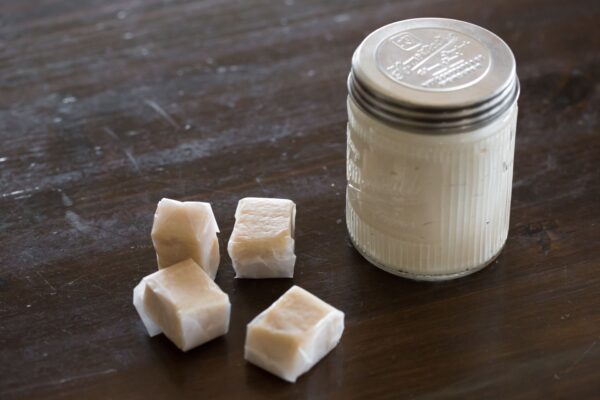
Ms Nakajima developed 'caramel stock', in which board lees are cut into cubes, wrapped and frozen, and 'cream stock', in which they are made into a paste and stored in jars for refrigeration.
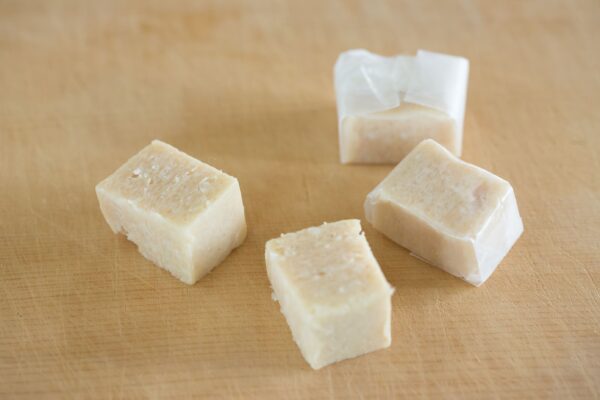
Sake lees do not harden when frozen because they contain alcohol.
I have compiled recipes using these two types of stock in a book called 'Minatomachi Niigata Fermented Beauty Sakekasu Recipes - 50g a day'.
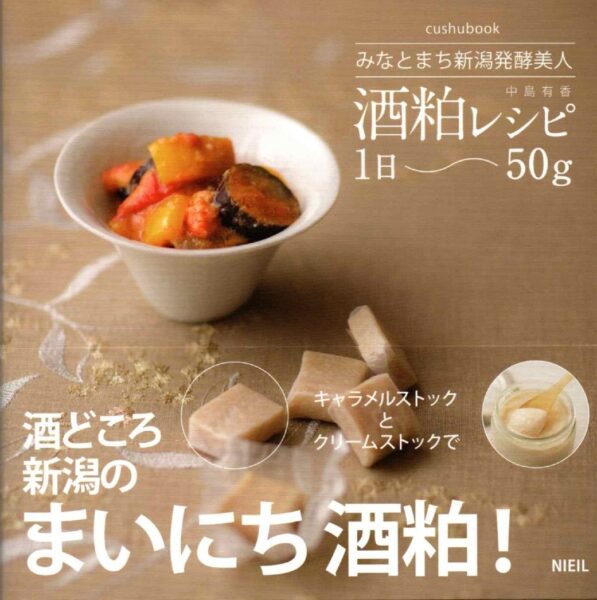
One of the recipes in the book that particularly surprised me was the addition of cream stock to commercially available three-in-one packs of steamed yakisoba noodles, which gives them the upscale appearance of yakisoba noodles from a Chinese restaurant.
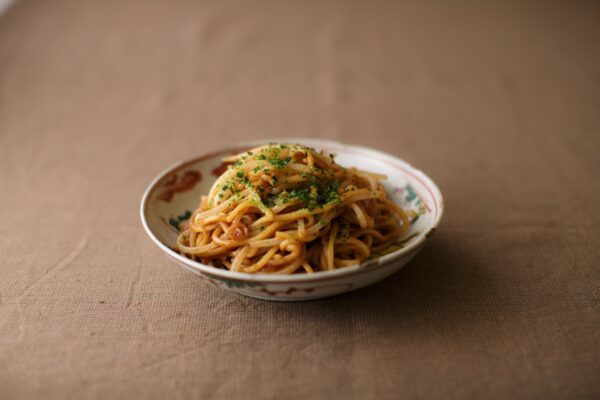
From 'Minatomachi Niigata Fermented Beauty' (caramel stock, cream stock, fried noodles).
Even when added to a retort curry, it transforms it into a premium curry. Sake lees, you must be amazed.
Cream can be used for dressing, caramel can be fried or baked. ......
Nakajima's cooking made us realise that the possibilities of sake lees are endless.
Finally, I would like to introduce a sloppy sake lees dish that I myself am addicted to.
Cut (or tear by hand) the frozen board lees and place them on the fish roast to brown slightly.
Place it on top of vegetables and serve with your favourite dressing or ponzu. In addition to salads, it is also tasty when further chopped and added to soup instead of croutons, or floated in miso soup.
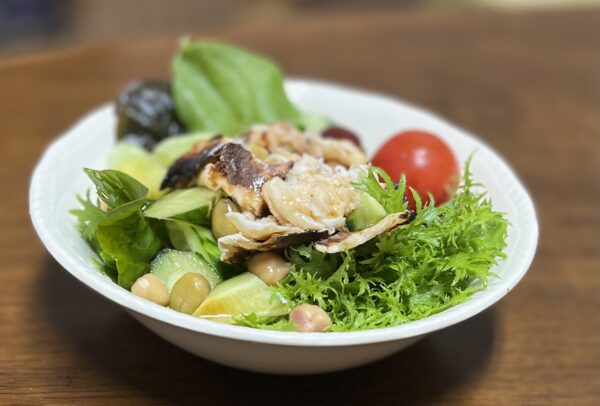
Grilling makes them browned on the outside and moist on the inside, which adds to their delicious flavour. Try them with different dressings and seasonings, or add them to your regular dishes.
It is also good to note that the addition of sake lees to any dish makes it more suitable for sake.
Photo by Nobuyuki Takahashi, Minatomachi Niigata Fermented Beauty.
Kenichi Hoshino, Niigata no Okazu.
高橋真理子
2022.12.27
advertisement





